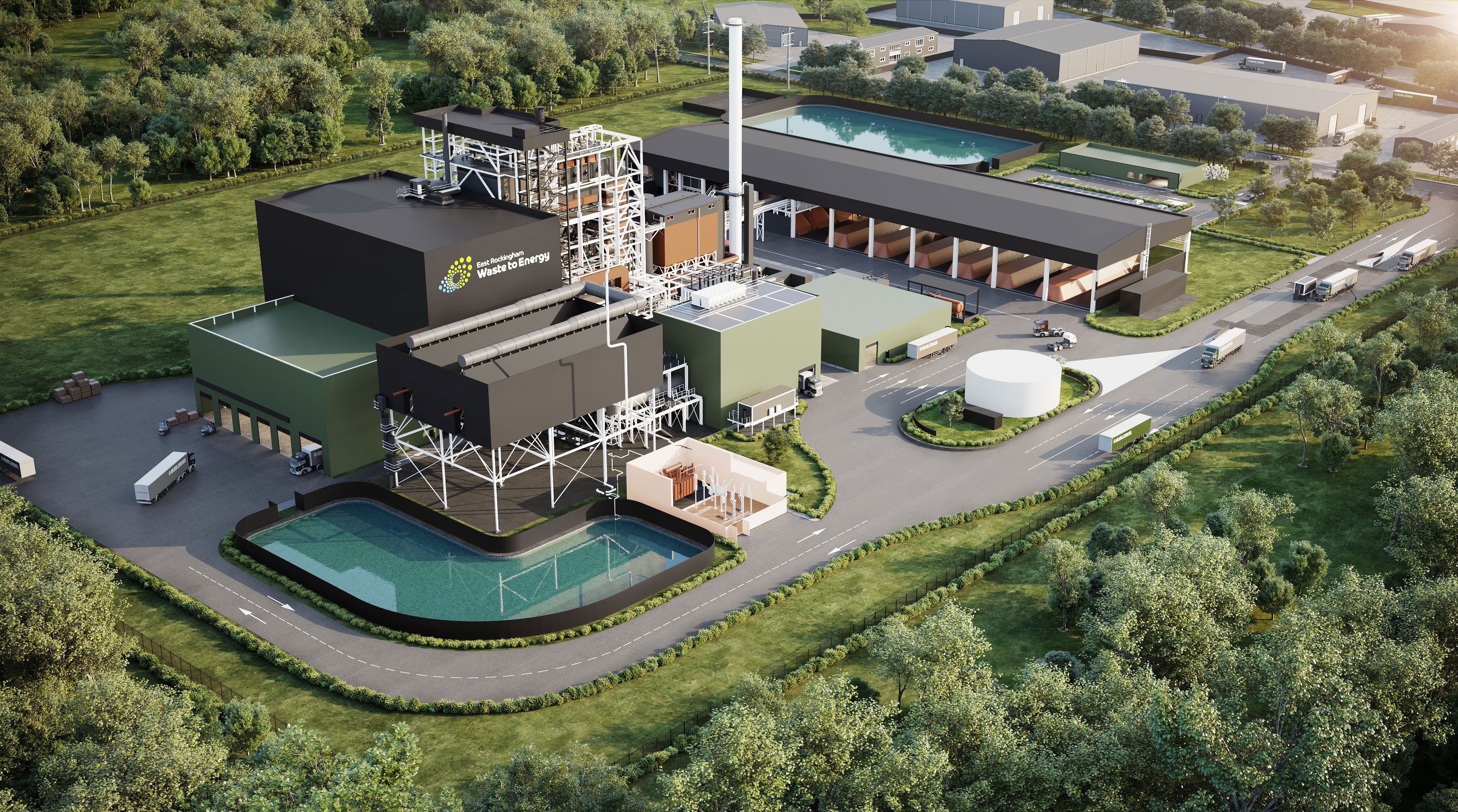
Curtin University builds sustainability into student living
Exchange precinct delivers on sustainability, education and accommodation
Curtin University students are reaping the benefits of clean energy technologies and sustainable design backed by CEFC finance, through the mixed-use Exchange precinct which includes about 1,000 student accommodation beds, a 60-room boutique hotel, 38 apartments, 3,000 square metres of commercial space and 15 specialty retail shops.
$120 million
CEFC commitment
1,000
student beds
Award-winning
design
Every element of Curtin’s new Exchange precinct has been designed and delivered with key environmental features in mind including prioritising carbon reduction, responsible water management and protecting the Carnaby’s (black cockatoo) habitat to make it a truly sustainable and urban hub.Professor Harlene HayneVice-Chancellor, Curtin University
Our investment
Exchange at Curtin University in Perth is driving a new benchmark for universities seeking to create inspiring, sustainable, integrated facilities for their students.
The Exchange precinct, located on the Bentley campus, brings together accommodation, retail, industry, education and the community and serves as a sustainable hub for residents, students and visitors.
The CEFC committed up to $120 million in debt finance towards the $300 million development, which delivered improvements in energy efficiency and lower carbon emissions while providing world-class educational facilities. The CEFC finance was repaid in May 2024.
Award winner
Exchange was the first project delivered under the University’s Greater Curtin Master Plan, which received 6 Star Green Star – Communities certification from the Green Building Council of Australia in 2020 for its continued commitment to sustainability.
Exchange was awarded Best Mixed-Use Development at the 2023 WA Property Awards, where it was recognised for seamlessly bringing together different development uses.1 The precinct was also awarded the Urban Development Institute of Australia (WA) Environmental Excellence Award in 2022.2
1. Curtin University Annual Report 2023
2. Curtin University website: A brighter tomorrow: understanding Curtin’s commitment to sustainability, Jan 2024.
our impact
University campuses are exciting microcosms of our future cities. They bring together a wealth of experience and learning and represent enormous potential to develop and demonstrate how clean energy technologies can be integrated to deliver long-term sustainability benefits to communities.
With more than 59,000 students, Curtin University is WA’s largest university. The main campus is based in Perth, with a major regional campus in Kalgoorlie and four international campuses.
A transformative baseline for future construction
Exchange was designed to transform the main Perth campus into a major innovation hub where research, industry and the wider community could come together to drive real-world solutions to tomorrow’s challenges in one convenient location.
The completed buildings include student accommodation at St Catherine’s College and Unilodge, short-stay accommodation at the Nesuto Hotel, apartments, industry partner space, retail and supporting amenity and infrastructure.
Building 418, also known as the School of Design and the Built Environment, built within the Exchange precinct, has received a 6 Star Green Star Design and As Built Certification.
Buildings were constructed to minimise energy consumption and provide a basis for Curtin’s decarbonisation vision, with emphasis on natural light and ventilation, thermally efficient facades and more than 600 kW of solar installed.
Exchange uses water-sensitive urban design principles and includes a rainwater harvesting system with a 700 kL storage tank. The rainwater harvesting system is designed to maximise reductions in potable water consumption with captured water used in bathrooms through winter and switched to irrigation in summer.
Exchange includes the Curtin Central bus interchange and a precinct-wide end-of-trip facility with showers and lockers to encourage low-emissions travel.




